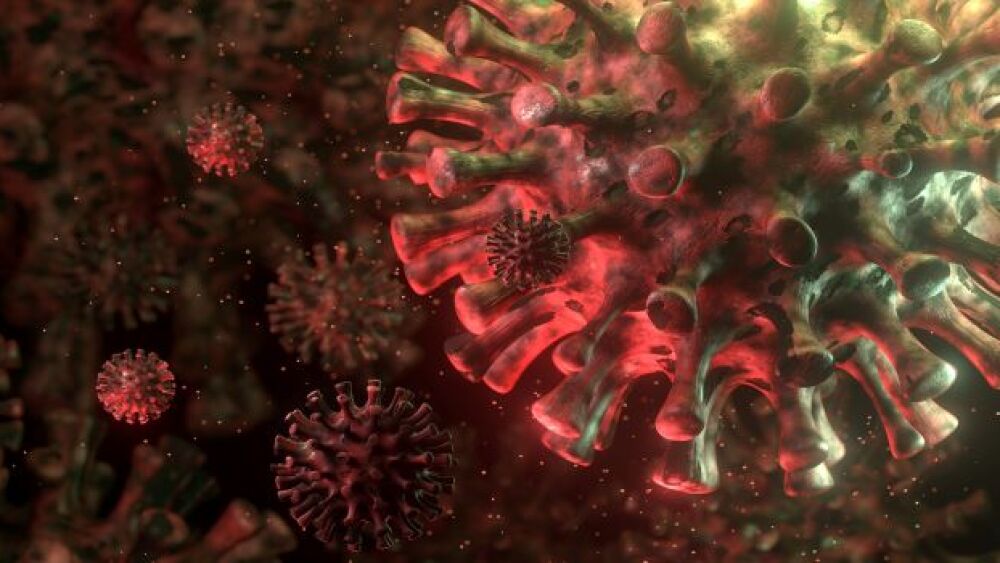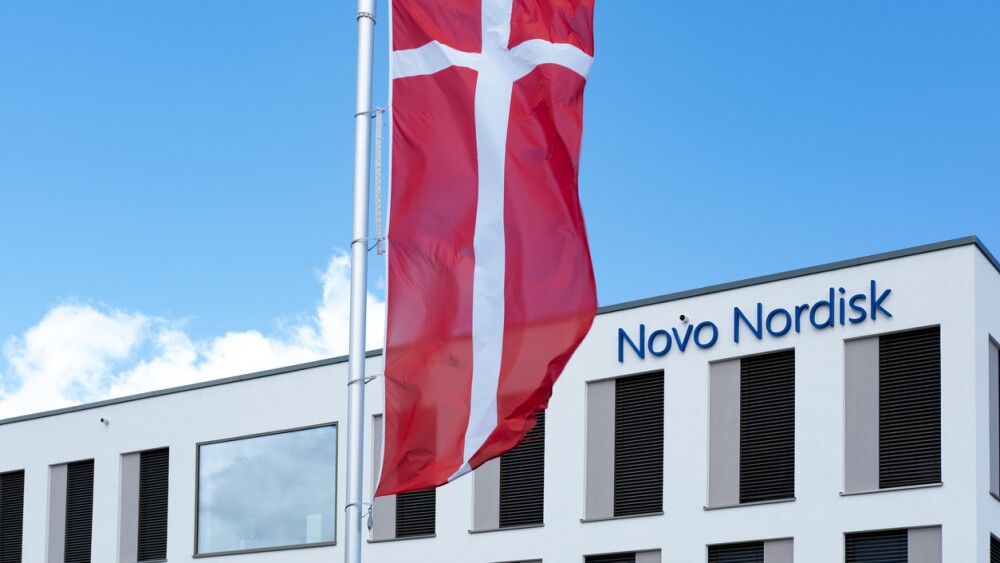According to the CDC, the Delta variant now accounts for more than 6% of infections in the U.S. and may be responsible for 18% of cases in some Western states.
A variant by any other name – scientific classifier, place-of-origin, or the new Greek alphabet moniker – is a potential threat to the freedom America is now enjoying thanks to a successful COVID-19 vaccine rollout. With alarm surrounding the Delta variant, or B.1.617.2, escalating, BioSpace thought it was a good time to take an in-depth look at the most notorious variants of concern (VOC) wreaking havoc across the globe.
B.1.1.7 (Alpha)
Viruses need to mutate in order to survive, and it is common for small variations to their genetic material to occur with each outbreak. The N501Y mutation, shared by the Alpha, Gamma and Beta variants appears to be responsible for their increased infection and transmission rates.
First picked up in the southeastern England county of Kent in early December 2020, the Alpha variant quickly escaped its U.K. origins and spread across the world. Since its emergence, multiple studies have shown that Alpha is more transmissible, but the scientific community has been conflicted on whether or not it causes more severe disease than the original SARS-CoV-2 virus. Recent research and prevailing opinions have decided that it does not, and also that the rate of reinfection with B.1.1.7 is low.
An April study conducted by the London School of Hygiene and Tropical Medicine stated that Alpha is 43 to 90% more transmissible than the original virus.
Fortunately, the currently approved BioNTech/Pfizer and Moderna vaccines appear to be standing their ground against Alpha. Both companies expressed early confidence, and recent research has proven them correct, showing that the antibodies developed from these two mRNA vaccines are only slightly less potent against Alpha, Beta and the New York variant of interest (VOI) than the initial wildtype strain.
B.1.351 (Beta)
First identified in October 2020 in the Eastern Cape province of South Africa and reported to the World Health Organization (WHO) in December, the Beta VOC is suspected in a large portion of the deaths of more than 56,000 South Africans. The Beta variant was first detected in the U.S. at the end of January 2021.
Beta’s most concerning mutations are K417N, E484K and N501Y. Variants with the E484K have demonstrated the ability to evade the antibodies generated by the immune system against the original SARS-CoV-2 virus. Put together with the increased transmissibility caused by the N501Y mutation, this quickly becomes a recipe for disaster.
P.1. (Gamma)
First discovered in Japan in January 2021, infecting four recent visitors to the Brazilian state of Amazonas, the Gamma variant was declared to be actively circulating in that country. Like Beta, Gamma made its first appearance in the U.S. at the end of January. It consists of 10 defining mutations, including N501Y and E484K.
The Gamma variant caused widespread global panic in the early spring as it appeared to cause higher fatality rates among the previously largely spared 20 to 39-year-old demographic. The fire was particularly stoked when Brazilian researchers posted a study on the preprint server, medRxiv, in March, reporting a sudden spike in case fatality rates among this age group in Brazil’s largest southern state, Paraná. The authors found that this rate tripled in 20-29 year-olds.
B.1.617.2 (Delta)
While the U.K. was dealing with the emergence of the Alpha variant, B.1.617.2 (Delta) was beginning to make its presence known in India. As the crisis reached a fever pitch in India, the World Health Organization (WHO) declared Delta a VOC in the second week of May. It is potentially the most homicidal agent yet.
While officially isolated in December, India began to really feel Delta’s effects in March when it is suspected that the variant became a catalyst for the wave currently devastating that country.
Delta is part of a triple mutant strain named B.1.617, which is split into three lineages. Sub-variant, B.1.617.2, is the lineage that is sparking fear across the world, while the B.1.617.1 sub-variant, named Kappa, has been downgraded to a variant-of-interest (VOI).
Delta has gone on to infect thousands across Southeast Asia and has now spread to at least 62 countries, including the U.S. and Canada. According to the CDC, the Delta variant now accounts for more than 6% of infections in the U.S. and may be responsible for 18% of cases in some Western states.
In the U.K., Delta has now usurped Alpha as the primary cause of disease. On Monday, British Health Secretary Matt Hancock told Parliament that the British government believes the variant to be 40% more transmissible than the Alpha variant. In a letter published last week in The Lancet, scientists from the Francis Crick Institute in London revealed that neutralizing antibodies generated by the Pfizer/BioNTech were lower against the Delta variant than the original virus.
The researchers found that individuals fully vaccinated with two doses of the vaccine had antibodies that were six times lower against Delta when compared to the original strain. The antibody response was even lower after one dose, spurring redoubled calls to reach full vaccination faster. A recent study conducted by Public Health England found the Pfizer/BioNTech vaccine to be 88% effective against symptomatic disease from the Delta variant 2 weeks after the second dose.
Alarming symptoms not seen before in other variants, such as hearing impairment, severe gastric upsets, and blood clots leading to gangrene, are being reported in India.
Variants of Interest (VOI)
Variants of Interest, which are suspected to either be more contagious than the initial strain, cause more severe disease, or escape the protection offered by vaccines, have also been given Greek alphabet monikers. Of most recent domestic intrigue are B.1.427 and B.1.429, jointly named Epsilon, and B.1.526 (Iota).
The Epsilon “twins” were first identified by researchers from the University of California, San Francisco in December. Data gathered by UCSF scientists from 44 California counties indicated that Epsilon was more transmissible and associated with more severe disease.
Iota began appearing in samples in November and picked up speed in New York City in February 2021. Studies conducted by Caltech and Columbia spurred fears that Iota could weaken the effectiveness of some of the vaccines.






